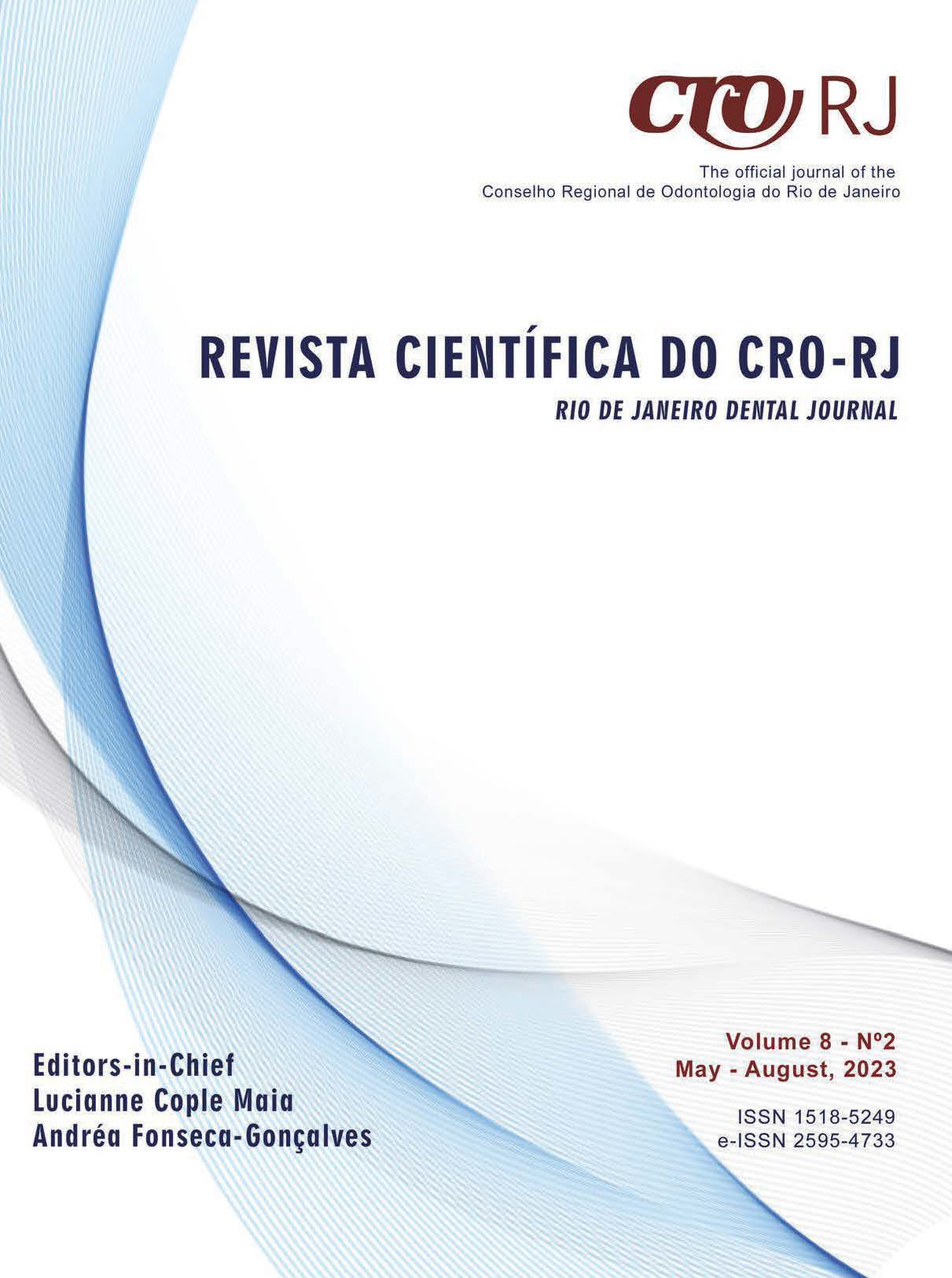ASSOCIATION BETWEEN BULLYING AND POSSIBLE SLEEP BRUXISM AMONG SCHOOLCHILDREN: A CROSSSECTIONAL STUDY
DOI:
https://doi.org/10.29327/244963.8.2-4Keywords:
Bruxism, Bullying, Behavior, ChildrenAbstract
Objective: to investigate the association between bullying and possible sleep bruxism among schoolchildren. Materials and Methods: a total of 431 schoolchildren aged 8 to 11 years from public and private schools in Lavras, Minas Gerais, and their parents/caregivers participated in the study. Caregivers answered a questionnaire about the occurrence of possible sleep bruxism among in schoolchildren, schoolchildren’s tiredness upon waking up and sociodemographic data. Diagnosis of possible sleep bruxism among was based on caregivers’ reports on their children’s teeth grinding during sleep. The schoolchildren answered the Brazilian version of the Olweus Bully/Victim Questionnaire. Statistical analysis included descriptive analysis and bivariate and multivariate Poisson regression (p<0.05). Results: the frequency of teeth grinding among schoolchildren involved in bullying as victims-bullies had higher compared to those who were not involved in bullying (RR = 1.57; 95% CI=1.04–2.36; p=0.030). The frequency of teeth grinding among schoolchildren whose family monthly income is equal to a minimum wage or less presented had higher compared to those whose family income was more than two times the monthly minimum wage (RR=1.49, 95% CI=1.04–2.13, p=0.027). The frequency of teeth grinding among schoolchildren who expressed tiredness upon waking up in the morning had higher compared to those who did not express tiredness upon waking up (RR=1.33; 95% CI=1.00–1.78; p=0.050). Conclusion: being a victim-bully of bullying behaviors
Downloads
Published
How to Cite
Issue
Section
License
Copyright (c) 2024 Revista Científica do CRO-RJ (Rio de Janeiro Dental Journal)

This work is licensed under a Creative Commons Attribution-NonCommercial-NoDerivatives 4.0 International License.


